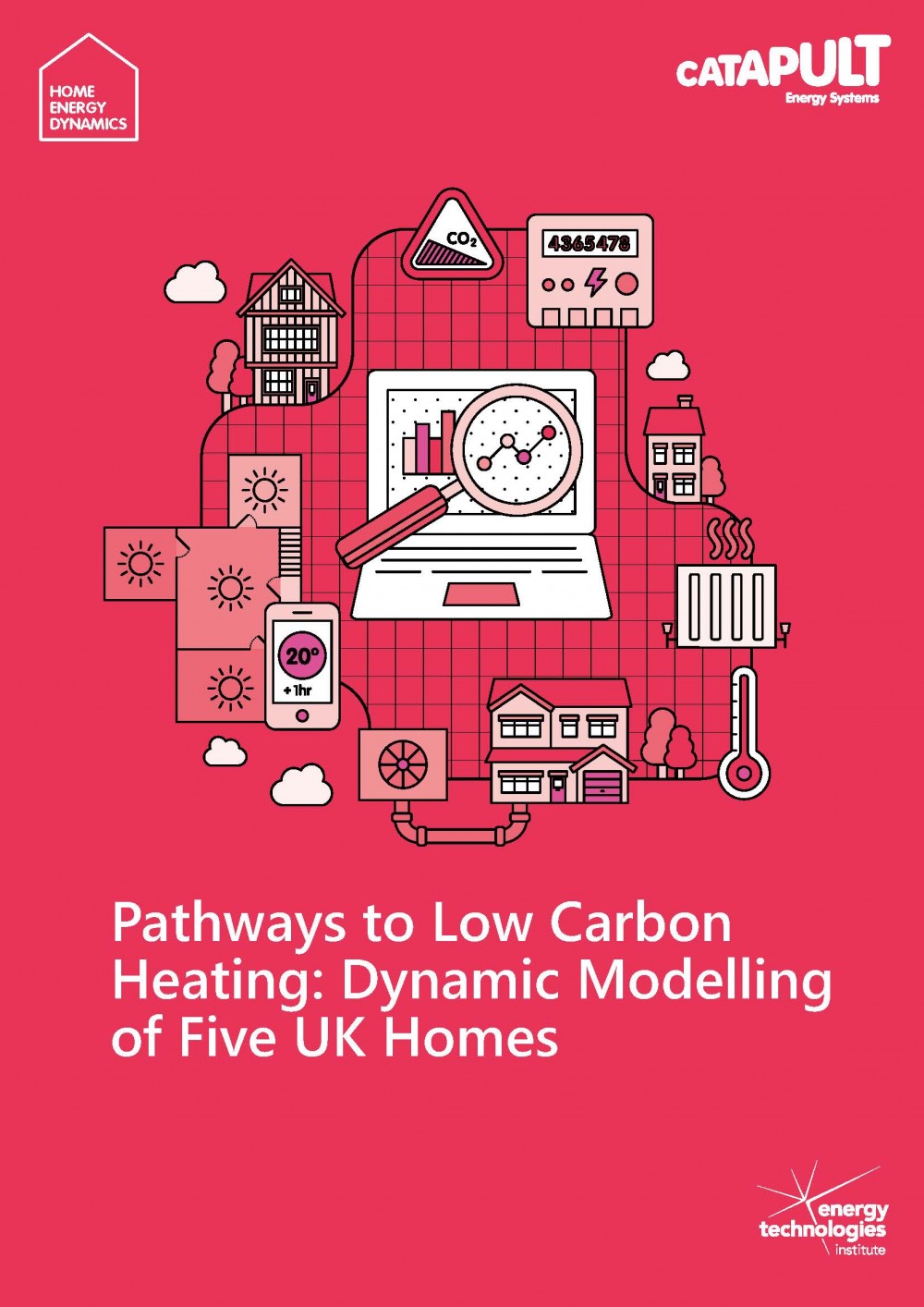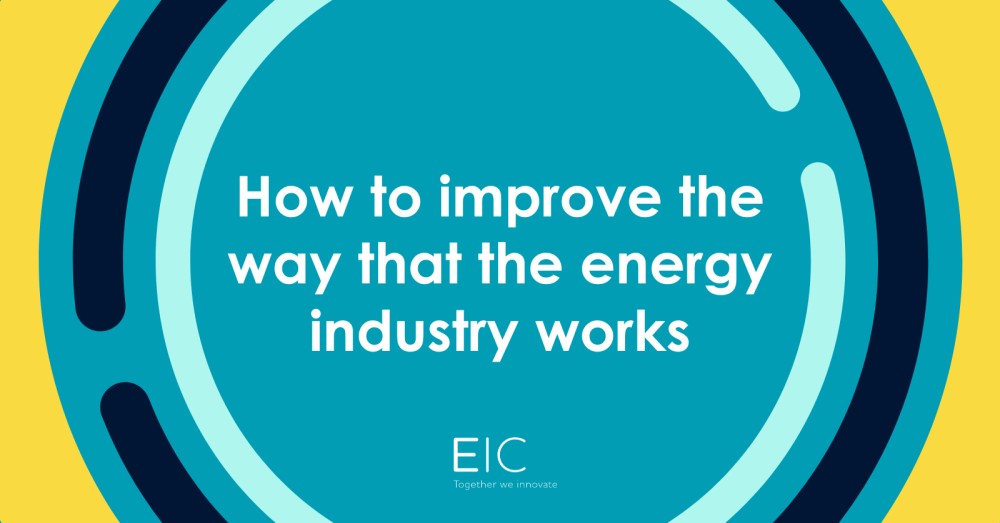A new, data-informed approach to low carbon heating system design and retrofit is needed to help social landlords minimise upgrade costs and deliver better outcomes for their residents, according to a study.
By analysing data on the energy efficiency of real homes and what residents want from their heating, Energy Systems Catapult calculated the most efficient low carbon heating upgrade pathways for five common UK housing types in a first-of-its-kind modelling study.
This new approach could provide landlords and housing associations with a clear, evidence-based way to plan future property improvements and prioritise upgrades which deliver the greatest energy efficiency and comfort.
It could also help identify the root causes and innovative solutions to problems that right now are not being addressed effectively and suggest new ways to improve domestic heating performance and control.
The study follows the Committee on Climate Change ‘Net-Zero’ report that advised that improvements to building efficiency and adoption of low carbon heating systems, such as heat pumps, district heating and hydrogen boilers, were required for the UK to reduce carbon emissions to zero by 2050.
With two-thirds of UK homes currently suffering from damp, drafting or overheating, the study found smart heating controls combined with energy efficiency retrofit could ensure the switch to low carbon heating also delivers improved outcomes for householders.
The study utilised the Catapult’s new Home Energy Dynamics (HED) tool that takes data from heating systems, radiators and pipe networks, building fabric, consumer choices/behaviour and weather, to target the right retrofit solutions for different housing types.
HED has initially modelled five UK housing types - using data from the Catapult’s ‘Living Lab’ of over 100 connected homes - to explore low carbon upgrade pathways that satisfy consumer needs in terms of comfort and practical installation while minimising disruption, energy waste and CO₂ emissions (see notes for details).
The study highlighted a number of possibilities for the design of low carbon heating systems that deliver good comfort, including:
·
Smart heating controls, with an ability to set different temperatures in individual rooms, were found to be key to the design of low carbon systems, as they could attract consumers through offering a better experience while improving energy efficiency.
·
Electric heat pumps can provide good levels of comfort in all the modelled gas-heated homes if sized and operated effectively and combined with building fabric upgrades.
·
Hybrid heating systems could also play an important role in transitioning to low carbon heat, as these provide the option of replacing natural gas boilers with thermal storage, lower carbon gas or hydrogen boilers.
·
Thermal storage could help manage the demand placed on energy networks, particularly at peak times. However, the space required for thermal storage is typically larger than the space made available for hot water storage in most homes. Innovations, such as the use of phase change materials or deeper levels of fabric retrofit, could make this solution more viable in future
Richard Halsey, Director of Capabilities at Energy Systems Catapult, said: “To meet 2050 climate change targets we must eliminate the 20% of UK carbon emissions that come from heating homes, which means in the next decade we will need to be converting millions of homes to low carbon heating every year.
“This will be much easier if the solutions provide households with heating outcomes that are better than what they have today.
“We found that integrating low carbon heating solutions, such as electric heat pumps, hybrid and district heating systems, with smart heating controls and targeted retrofit measures such as improving insulation or upgrading radiators, can deliver better heating outcomes for consumers living in existing housing stock.
“Our research has previously found that 85% of households that trialled smart heating controls, were open to switching to low carbon technology – compared to just 36% of the general population – as long as current or improved levels of comfort and cost could be guaranteed.
“This represents a huge opportunity for the development of better integrated heating solutions and related products and services to deliver low carbon heating at home.
“And the Catapult’s new Home Energy Dynamics tool can help stakeholders assess a range of data in order to choose the right low carbon upgrade pathways for housing stock across the UK.”
The full report, undertaken as part of the Smart Systems and Heat programme, Pathways to Low Carbon Heating: Dynamic Modelling of Five UK Homes, can be accessed below.









